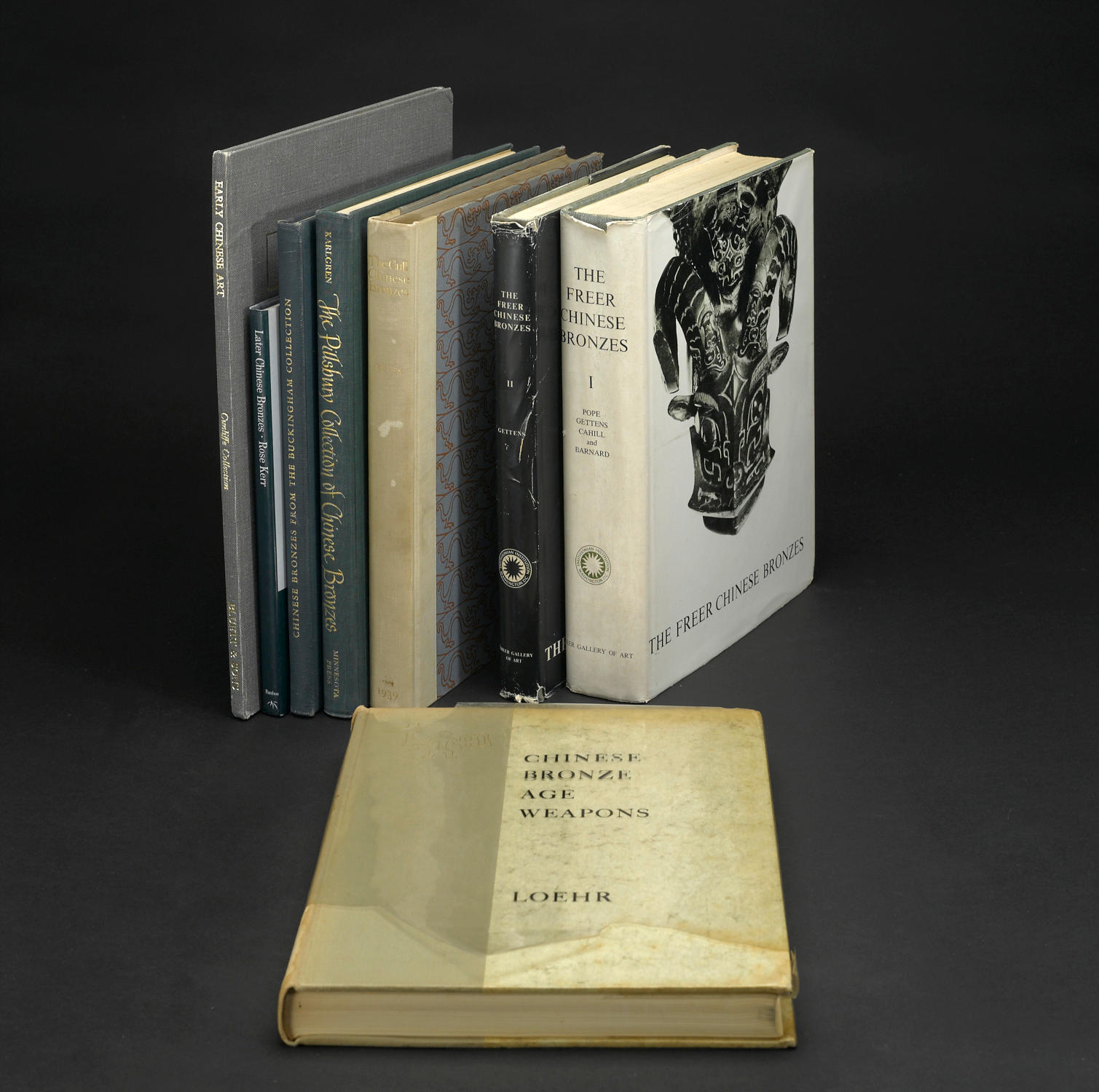Tuscany 16th-17th century Candlestick with satyr Bronze, dark bronze patina 17,5x9x8,5 cm This small but complex composition represents a seated satyr holding a plant stem adapted to be a candle holder. The scene is completed by the surprising presence of a serpent coiling around the trunk on which the satyr is seated, forming a handle of the precious object. The bronze statuette appears to be one of the two elements of a pair. Its pendant has been identified as the candelabrum described in entry no. 97 of Luigi Grassi’s Collection of Small Renaissance Bronzes. Symmetrical to this one, but featuring a female protagonist and missing the candle holder, Grassi’s example is cataloged as a product of the Florentine school from the 16th century. Luigi Grassi was an antique dealer and his legendary collection of small bronzes was on a par with the most important museum collections, both in terms of quality and pieces’ rarity. He decided to entrust the task of cataloguing it to Leo Planiscig (1887-1952), at the time the world's leading expert in the field and director of the Kunsthistorisches Museum in Vienna. Upon Grassi's death in 1937, his heirs put the collection up for sale but retained Planiscig's study, which was eventually published by his nephew in the early 2000s. Reference bibliography Leo Planiscig, La Collezione Luigi Grassi di Piccolo Bronzi del Rinascimento - Centro Di, Firenze, 2006, cat- no. 97.
Tuscany 16th-17th century Candlestick with satyr Bronze, dark bronze patina 17,5x9x8,5 cm This small but complex composition represents a seated satyr holding a plant stem adapted to be a candle holder. The scene is completed by the surprising presence of a serpent coiling around the trunk on which the satyr is seated, forming a handle of the precious object. The bronze statuette appears to be one of the two elements of a pair. Its pendant has been identified as the candelabrum described in entry no. 97 of Luigi Grassi’s Collection of Small Renaissance Bronzes. Symmetrical to this one, but featuring a female protagonist and missing the candle holder, Grassi’s example is cataloged as a product of the Florentine school from the 16th century. Luigi Grassi was an antique dealer and his legendary collection of small bronzes was on a par with the most important museum collections, both in terms of quality and pieces’ rarity. He decided to entrust the task of cataloguing it to Leo Planiscig (1887-1952), at the time the world's leading expert in the field and director of the Kunsthistorisches Museum in Vienna. Upon Grassi's death in 1937, his heirs put the collection up for sale but retained Planiscig's study, which was eventually published by his nephew in the early 2000s. Reference bibliography Leo Planiscig, La Collezione Luigi Grassi di Piccolo Bronzi del Rinascimento - Centro Di, Firenze, 2006, cat- no. 97.












.jpg)

Try LotSearch and its premium features for 7 days - without any costs!
Be notified automatically about new items in upcoming auctions.
Create an alert